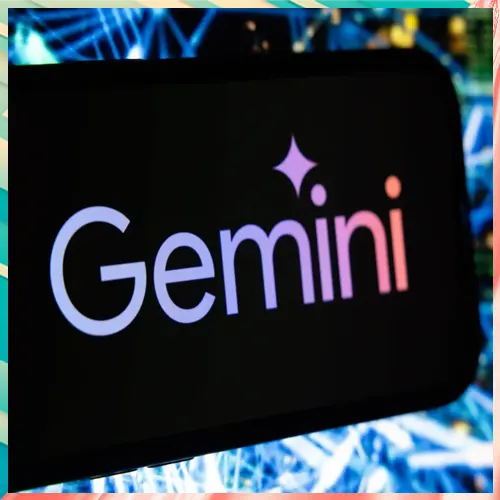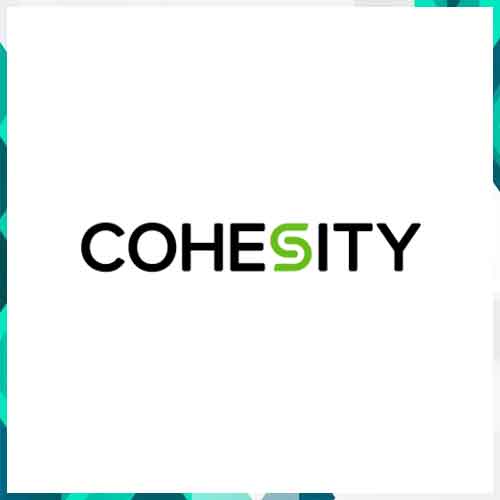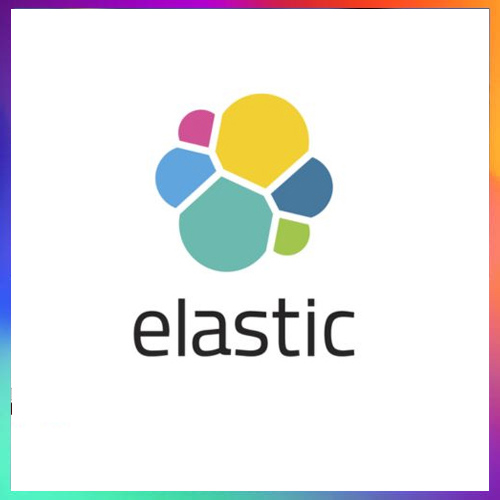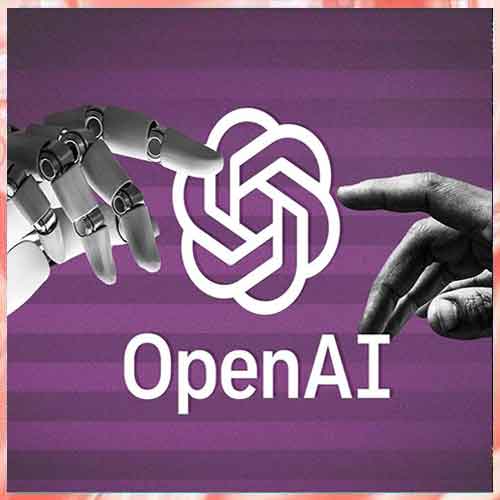
Google is officially rolling out its Gemini Embedding model, called the gemini-embedding-001, to all developers via the Gemini API and Vertex AI. First launched experimentally in March, this embedding model has outperformed both Google’s earlier models and other commercial offerings in tasks such as classification, search, and retrieval. With general availability, developers will be able to integrate Gemini Embedding into their applications at no cost or scale up.
Gemini Embedding supports over 100 languages and handles input lengths up to 2048 tokens, making it well-suited for global applications. It also brings flexibility with Matryoshka Representation Learning (MRL). This means that it allows developers to choose between different output dimensions (768, 1536, or 3072), depending on their performance and cost requirements.
The model isn’t limited to any single domain. Google says it performs well across industries such as science, legal, finance, and software development, offering a more unified embedding solution for various enterprise and research use cases.
Gemini Embedding is available via the embed content endpoint in the Gemini API, and Google has shared sample Python code and updated documentation to help teams get started quickly.
Apart from that, Google has teased that support for asynchronous batch processing is coming soon, promising lower-cost, high-volume embedding options for enterprise use cases.
See What’s Next in Tech With the Fast Forward Newsletter
Tweets From @varindiamag
Nothing to see here - yet
When they Tweet, their Tweets will show up here.




























